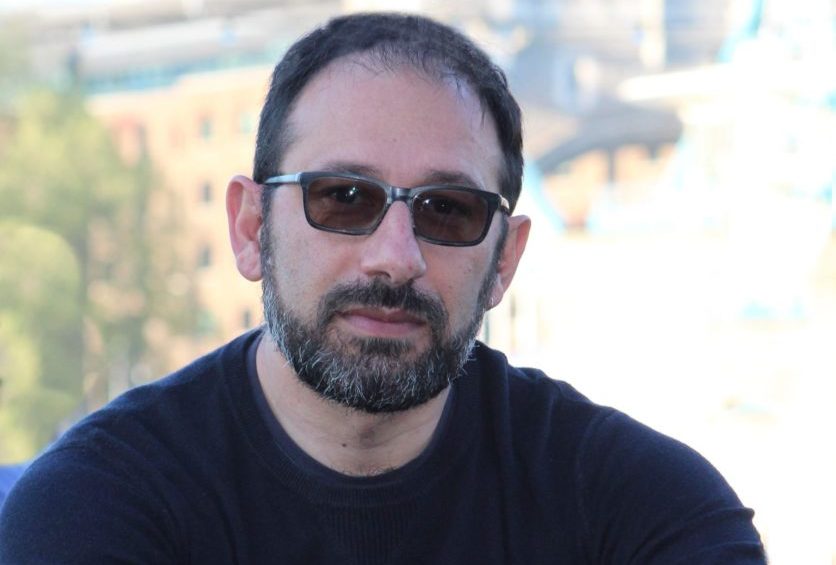
Analysis, Management, and Monitoring of Nvidia GPU with Linux Commands: A Detailed Guide
Graphics Processing Units (GPUs) are playing an increasingly pivotal role in the current IT ecosystem. They are not just a fundamental component for passionate gamers, but Nvidia GPUs are also seeing intensive use in tasks such as machine learning, data science, and high-resolution 3D rendering. To achieve optimal performance and manage these hardware resources appropriately, it’s crucial to understand and utilize the right tools. In this guide, we will delve into a series of Linux commands that are beneficial for managing, analyzing, and monitoring your Nvidia GPU.
Before starting, ensure that you have installed the latest Nvidia drivers and management tools on your Linux system. If you haven’t, refer to Nvidia’s official page for installation instructions.
nvidia-smi (Nvidia System Management Interface) is a powerful command-line tool that provides information on the current status of your GPU. It includes data on power consumption, temperature, memory usage, and much more.
By running the nvidia-smi command in the terminal, you will get a snapshot of your GPU’s status. This output includes the process ID, GPU and memory usage, GPU type, temperature, power, and much more.
In addition to providing a snapshot, nvidia-smi can be used to continuously monitor your GPU. For instance, running the command
nvidia-smi -l 5
will update the information every 5 seconds.
nvidia-settings is a graphical tool that allows you to modify a wide range of Nvidia GPU settings. These settings range from clock speed and fan speed to overclocking.
For example, to adjust the fan speed, by running the command
nvidia-settings -a "[gpu:0]/GPUFanControlState=1" -a "[fan:0]/GPUTargetFanSpeed=75"
it sets the fan speed on GPU 0 to 75%.
nvidia-debugdump is a useful tool when you need to debug your GPU. This command captures and saves GPU status information, which can then be used to analyze and diagnose potential issues.
To save the GPU’s state, you can use the command
nvidia-debugdump -s
This will save a dump file that can then be analyzed for more detailed information.
nvtop is a command that behaves similarly to Linux’s top command but is specific to Nvidia GPUs. This tool provides a real-time overview of GPU and memory consumption.
To use it, simply type in the terminal
nvtop
This command will display an interactive output providing a real-time snapshot of GPU usage.
Maximizing the potential of your Nvidia GPU requires a deep understanding of the tools and commands available. These tools allow you to monitor GPU performance, manage settings, and diagnose issues effectively.
Always remember that modifying hardware settings can pose risks if you don’t know what you’re doing. Therefore, it’s crucial to understand the implications of the changes you are making before implementing them.
Every Nvidia GPU user, from the passionate gamer to the data scientist, will benefit from a better understanding and management of their GPU. Learning to effectively manage and monitor hardware resources will not only ensure optimal system performance but also contribute to a longer lifespan of the hardware components.

I am passionate about technology and the many nuances of the IT world. Since my early university years, I have participated in significant Internet-related projects. Over the years, I have been involved in the startup, development, and management of several companies. In the early stages of my career, I worked as a consultant in the Italian IT sector, actively participating in national and international projects for companies such as Ericsson, Telecom, Tin.it, Accenture, Tiscali, and CNR. Since 2010, I have been involved in startups through one of my companies, Techintouch S.r.l. Thanks to the collaboration with Digital Magics SpA, of which I am a partner in Campania, I support and accelerate local businesses.
Currently, I hold the positions of:
CTO at MareGroup
CTO at Innoida
Co-CEO at Techintouch s.r.l.
Board member at StepFund GP SA
A manager and entrepreneur since 2000, I have been:
CEO and founder of Eclettica S.r.l., a company specializing in software development and System Integration
Partner for Campania at Digital Magics S.p.A.
CTO and co-founder of Nexsoft S.p.A, a company specializing in IT service consulting and System Integration solution development
CTO of ITsys S.r.l., a company specializing in IT system management, where I actively participated in the startup phase.
I have always been a dreamer, curious about new things, and in search of “new worlds to explore.”

Comments